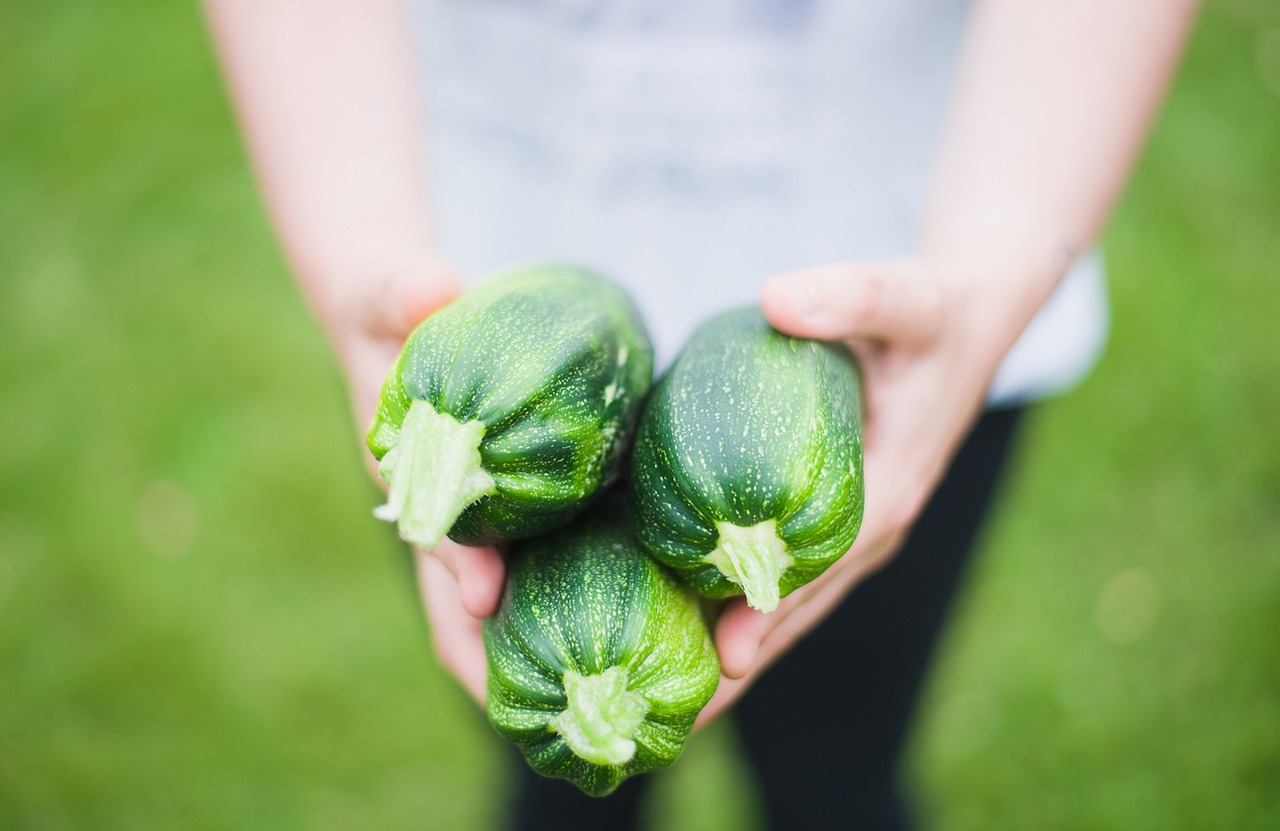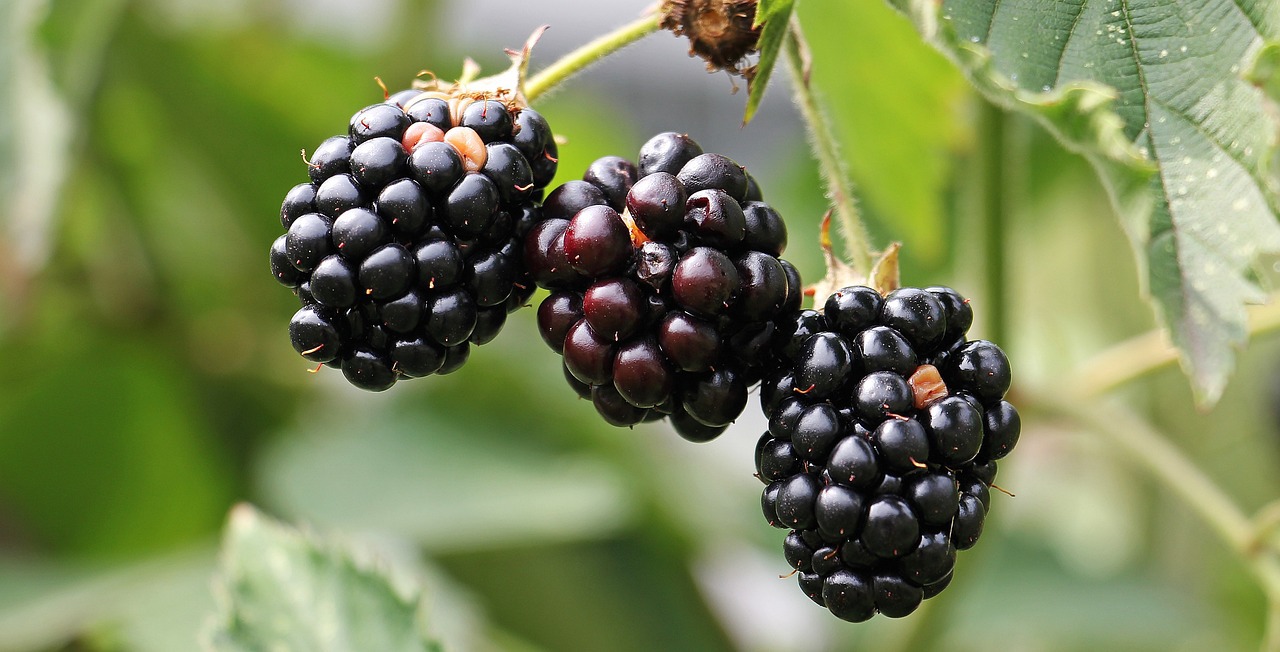/Contribution
Food: a sustainable experience. Reflections on the combination of old and new for locally adapted forms of consumption and production.
Why is the social transformation toward a sustainable and thus healthy lifestyle not (yet) successful? There is no lack of knowledge-based recommendations, but people only partially implement them. Although comprehensive, evidence-based changes are undoubtedly necessary, science and politics must not ignore the fact that it is always a person who acts - who implements them or not. And this human being has an individual life history, has been shaped by fellow human beings and by experiences related to place and time. In the course of time, not only knowledge, skills and habits, but also values and convictions are acquired in comparison with the environment. This foundation provides orientation for actions in everyday situations. Even if recommendations are scientifically proven, they cannot be adopted without further ado, especially if there is a major discrepancy with this foundation, because then what has apparently worked for a person for years and - in at least a similar form - for his or her environment would appear to be wrong and a reorientation would be necessary. In addition to theoretical knowledge about sustainable lifestyles, it is above all the skills and habits that must allow implementation, or else the conviction must be strong enough to make a change.
Eating is not only a vital, everyday activity: the phrase you are what you eat refers to the identity-forming function attributed to nutrition. For people in a good financial position, the choice of food is almost unlimited. Decisions are sometimes made on the basis of knowledge, skills, habits, values and beliefs as well as individual characteristics, which is linked to identifications and identity. The questions of how do I perceive myself? and how would I like to be? are profoundly answered through food. Through consumption, the chosen food is irrevocably absorbed into the body.
However, identity formation through nutrition is not detached from time and space. With the subtitle "We are where we eat" Bell and Valentine (1997) emphasize the relevance of spaces and places with regard to nutrition and identity formation; in the preface they write: "We all think place (and) identity through food". As the anthology points out, different scales, starting from the body, through "home," community, city, region, to the nation and global level, play a role. From an anthropological perspective, Wilson (2006, p.12) explains that food and drink contribute to the creation and reproduction of local, regional, and national cultures and identities. Lupton (1994, p.680) also recognizes markers of difference between cultures through food, distinguishing the self from the other as well as reinforcing identity. The specific position or location of the person is crucial in defining the self and the other. In conversations about food, it is possible to ascertain which times, places, people, or experiences are relevant, what meanings are attributed to them, how persons relate to them, and thereby position themselves.
An active decision for or against a food presupposes that one knows what is available for choice. However, as Fischler (1988) discusses, this is not always the case: an increasing proportion of the population does not know how and where their food was produced. Moreover, in industrial production, consistency, taste, and smell would not always be identifiable, as food would be imitated and transformed.

Source: Pixabay

Source: Pixabay

Source: Pixabay
Until the 1950s, a large part of the workforce was employed in agriculture, especially in the rural mountain valleys of Austria. Economic forms had to be adapted to the conditions. Although livestock farming dominated there, not only dairy products but also meat were used sparingly. People also cultivated cereals and, to a certain extent, vegetables and fruits, gathered berries, mushrooms and medicinal plants. The globalization of production and consumption has changed not only agricultural practices, but also experiences, bodies of knowledge, and values associated with them. Fontefrancesco and Pieroni (2020, pp.15-16) identified changes in their study of knowledge about herbs in the Sangone Valley (Piedmont, IT): In parallel with the decrease in agricultural activities, the use of plants growing in pastures, forests, and high mountain areas decreased. In contrast, newcomers brought knowledge, exchanges in the community and with experts, education and mass media are other factors that reshaped knowledge. The collection of medicinal plants cultivated in an anthropogenic environment was introduced.
With the great challenges of the present and the future in mind, it is worth taking a look at the past in order to preserve or reactivate selected knowledge, skills and practices. Small-scale agriculture adapted to local conditions can not only contribute to biodiversity and counteract the risks of natural hazards, but the local production of food also provides an impetus for regional value chains and thus minimizes transport routes. As a result, products whose origin and production are at least partially visible and known can be purchased and consumed. Agriculture can also be combined with other industries, such as soft tourism, which creates different jobs and thus reduces the risk of population decline. First and foremost, the local population should become (re)aware of the high value of natural resources and the knowledge and skills around sustainable forms of use, in order to be able to pass it on. A critical examination of past and present conditions as well as an openness to new local approaches would have the potential to optimize local adaptation to changing factors. Scientists and politicians can fulfill their responsibility by taking on initiating and accompanying functions. Ultimately, it will be decided on the ground whether or not residents and regional stakeholders adopt sustainable lifestyles.
The poor implementation of recommendations is countered by Lupton's (1994) study of the relevance of (food-related) experiences. Events, places, and people would be remembered especially in connection with strong feelings or emotions and would thwart the adoption of suggestions. On the one hand, taste, smell, and consistency triggered more or less pleasurable memories; on the other hand, preferences and decisions were based on experience (Lupton 1994, pp.668-669).
If a transformation or a return to the old in combination with the new is to be achieved that is attuned to local, present, and future conditions, this can be triggered by positive experiences. Experiencing local food production, processing, and especially consumption would be at the forefront. This could promote the values and beliefs to choose sustainable and healthy food, as well as the knowledge and skills needed to prepare food. If a single person changes their habits, this is a differentiator from the groups to which they belong, so the continuation of their affiliation is uncertain. If, on the other hand, the change is made by a majority, refusal jeopardizes belonging. Since experiences of food production and preparation and consumption are often communal, change seems realistic. In turn, (changing) demand helps determine what is produced.
All action emanates from an individual who has specific connections to different people, places and times, on which their knowledge and skills, attitudes and beliefs are based. No relationship can be established to what is unknown, and if knowledge about a fact is lacking, it cannot be considered. Collaborative, multi-sensory co-experiencing of the process from cultivation to eating food not only reinforces the necessary awareness, knowledge and skills for sustainable food preparation, but also creates powerful connections: If what is experienced is linked to positive associations, these are readily reactivated on a regular basis. Consequently, the targeted initiation of food-related experiences is a simple and obvious instrument for promoting sustainable forms of consumption, which at the same time supports local production.
Literature:
Bell, D. & Valentine, G. (1997). Consuming Geographies. We Are Where We Eat. London, New York: Routledge.
Fischler, C. (1988). Food, Self and Identity. Social Science Information 27, 275-193. http://www.researchgate.net/pu... [letzter Zugriff am 24.10.2022].
Fontefrancesco, M. F. & Pieroni, A. (2020). Renegotiating Situativity: Transformations of Local Herbal Knowledge in a Western Alpine Valley during the Past 40 Years. Journal of Ethnobiology and Ethnomedicine 16(58). https://ethnobiomed.biomedcent... [letzter Zugriff am 25.10.2022].
Lupton, D. (1994). Food, Memory and Meaning: The Symbolic and Social Nature of Food Events. The Sociological Review 42(4), 664-685.
Wilson, T. M. (2006). Introduction. Food, Drink and Identity in Europe: Consumption and the Construction of Local, National and Cosmopolitan Culture. In Wilson, T. M., eds., European Studies 22 (S.11-29). Amsterdam, New York: Rodopi B.V.
